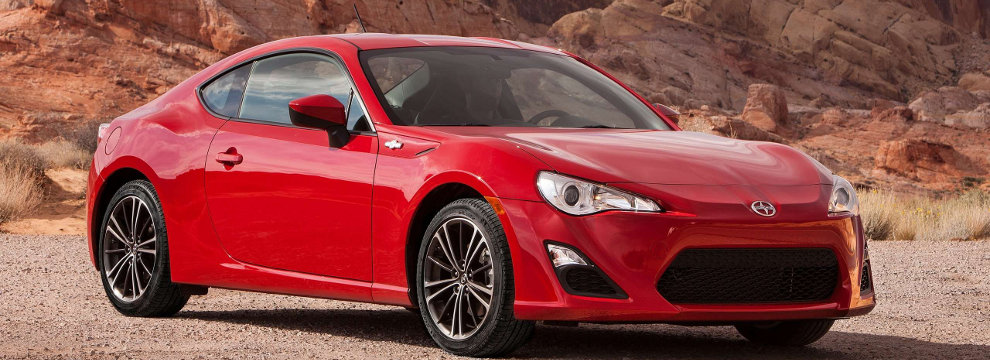
Water Pump Removal and Installation
If you water pump fails, the result could be serious to your engine damage due to overheating. If you notice any signs of overheating in your truck, car, SUV, or van such as is steam escaping from underneath your hood or if your temperature gauge goes into the red area, pull over to the side of the road, immediately turn off your engine, and call for help.
If you have determined that your water pump needs replacement, here are some simple instructions.
Note: these are general instructions. Consult a repair manual written specifically for your truck, car, SUV or van for the exact procedure.
First, disconnect the negative battery cable. Drain the cooling system.
Caution: coolant is a poisonous substance. Cats and dogs are attracted to the slightly sweet taste of ethylene glycol coolant (also called anti-freeze) and these animals are likely to drink any that is left in a puddle on the garage floor or in an uncovered container. Drain your anti-freeze into a sealable container and reuse it, unless it is several years old or has been contaminated.
Disconnect any hoses that are attached to the pump. Remove the drive belt(s). Remove any other parts or components that may be in the way of removing the water pump. These include power steering pump bracket, fans, shrouds, and pulleys. Unbolt and remove the pump.
Scrape off any remnants of the old gasket and discard; clean the mating surface thoroughly. Install the new pump using a new gasket. Tighten the mounting bolts to the recommended torque. Reinstall all hoses and the drive belt(s). Reinstall any components that you removed, like brackets, shrouds, or pulleys. Adjust drive belt tension.
Refill the cooling system with the coolant. Turn on the engine and turn the heater control to the "on" position. Leave it on until the thermostat opens to purge air from the system. Recheck coolant level and fill as needed.
Your new water pump should give you many years of reliable service.











